A voyage along paw prints…
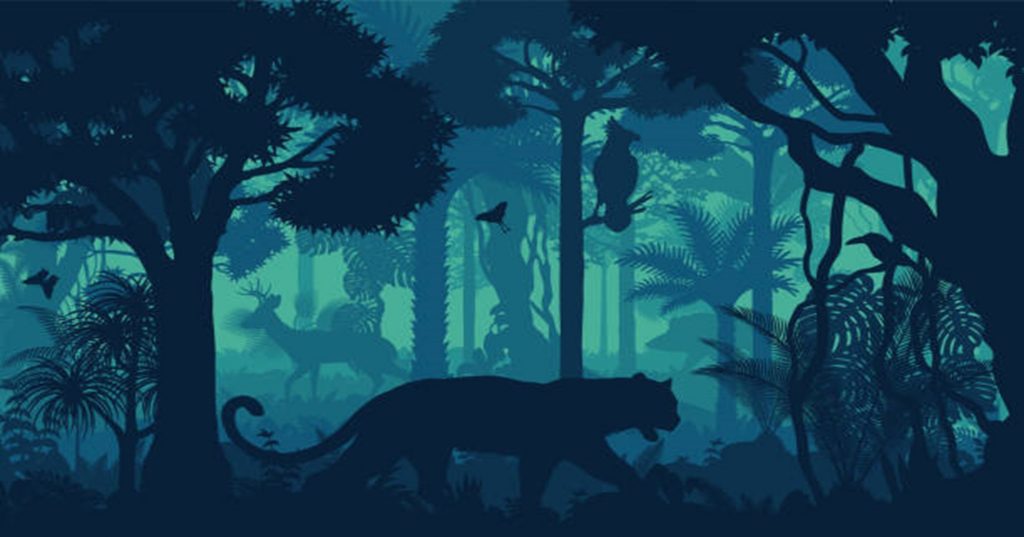
During the ancient epochs of life, where time unfolds over millions of years, the earth was set in the Triassic era, as the first mammals ventured forth, 210 million years ago. Jaguars, though born hundreds of millions of years later, proved swifter than humans in staking their claim on the land. Mitochondrial DNA extracted traces their lineage back to a distant past, dating between 280,000 and 510,000 years ago in the heart of Asia. From Asian forests to European deciduous landscapes and eventually finding their stronghold in the South American mountain ranges and river basins, the journey of the jaguars weaves a tale of resilience, adaptability, and territorial conquest of an enthralling top-tier carnivore.
Jaguar, Panthera onca, is the largest and only living member of the genus Panthera who is native to America, from where they got their name, which was first ‘Yaguar’ which means ‘he who kills with one leap’. Their significance within the family of big cats has given them dignity as the third largest cat species in the world. They usually weigh around 200 pounds, while some have been recorded to weigh 300 pounds, with a body length of about six feet and one inch. In comparison with other large-built big cats like the tiger, their small build makes them efficient hunters in the wild. These wild beasts hold the pride of assassination with the strongest and deadliest bite in the terrestrial world, which even cracks open tough turtle shells with a single strike. They would keep their lead in chasing with a speed of around 50 miles per hour, but they are not good at maintaining it. Why to exert? Kings do have to let certain things go!

Their “I got the moves” rosette jacket is a subject of interest in fur science. The rose-like black spots on their yellowish fur coat are quite unique, and this chromatic pattern aids them in camouflaging with their surroundings to roam secretly through the jungles. But this is not true for all the Jaguars around the world! A mutation in color-generating genes will make these cats black, who are the most significant members of Jaguars around the globe. The black Jaguars! They are very hard to spot and make up 10% of the entire population.
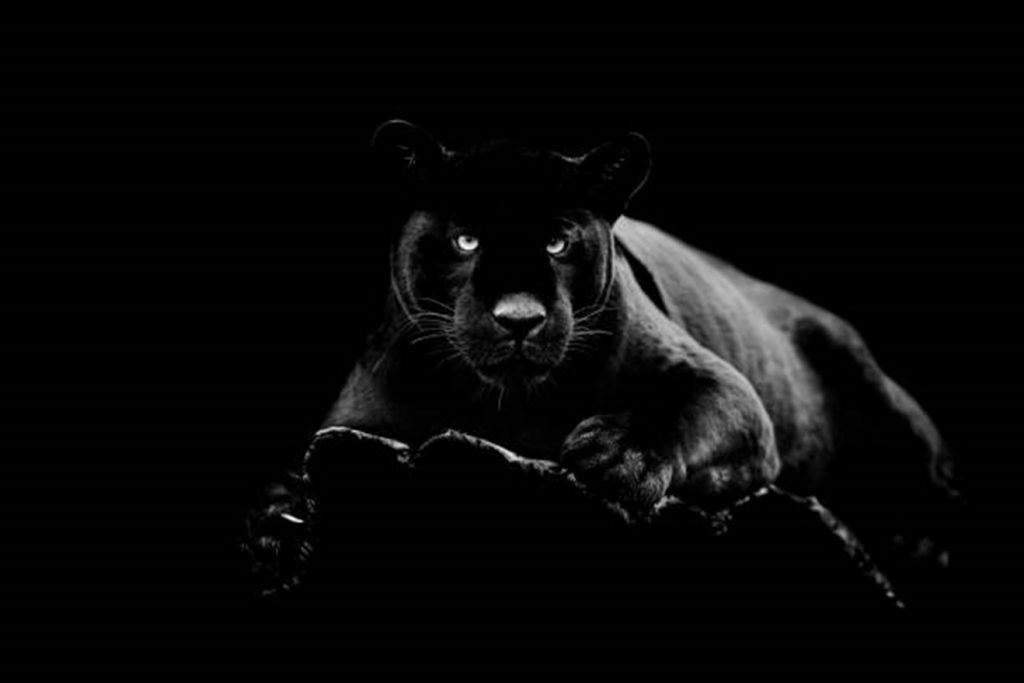
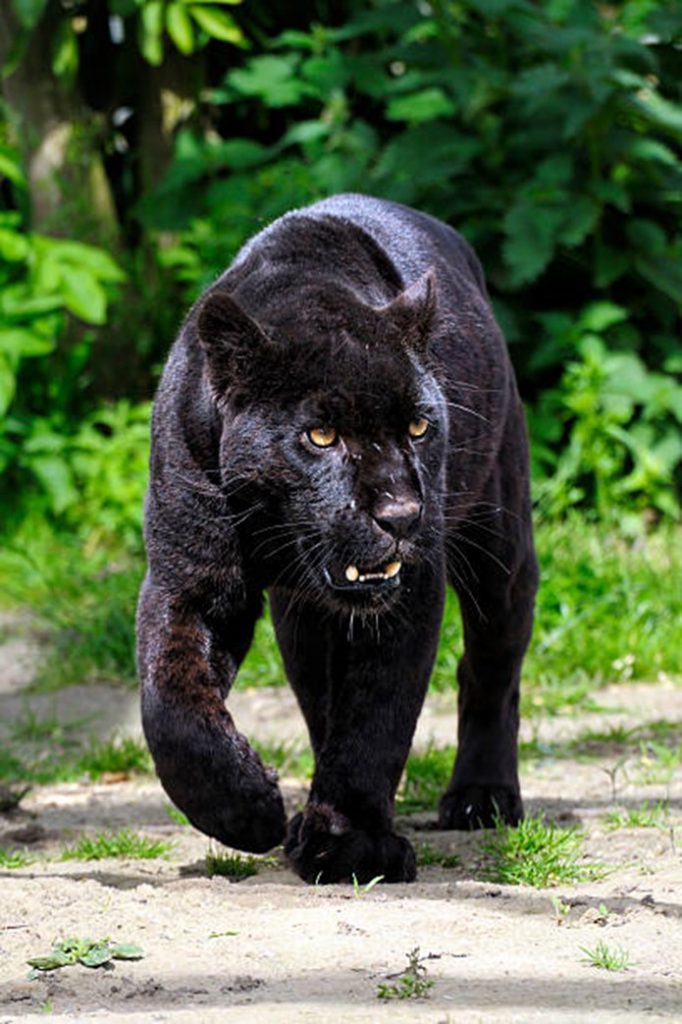
These beautiful monarchs spend extremely solitary lives, and just like the household kitties, they would keep their territories marked by urinating, resembling the common ancestry they share with domestic cats, and by scratching tree trunks, signifying their wilderness a bit more than small cats. Some will wonder how authoritative these big cats are if they ever see the way they do their claw and jaw jobs, even when a mate crosses a line in non-breeding season!
Ferocious are the apex hunters, but that does not make them all enough to prey. These giant cats are skilled at achieving success. They are mostly nocturnal and are reputed to kill at night. Their keen vision and incredible hearing ability lead them to prey. Moreover, Jaguars are excellent climbers and spend an arboreal life on trees. They can even hunt from there and are well known to carry heavy prey up to high branches to feast on after a profitable hunt. They not only rule the branches but also the waters! It can be somewhat strange to imagine a cat swimming, but jaguars are far beyond ecstasies at times. Swimming is another inborn talent they own, but not like trees; they cannot hunt while swimming. They generally prefer living around aquatic environments, and it has been reported lately that the Jaguar population inhabiting a Brazilian island has adapted to fish in the ocean, where fish is one of their main dietary components.
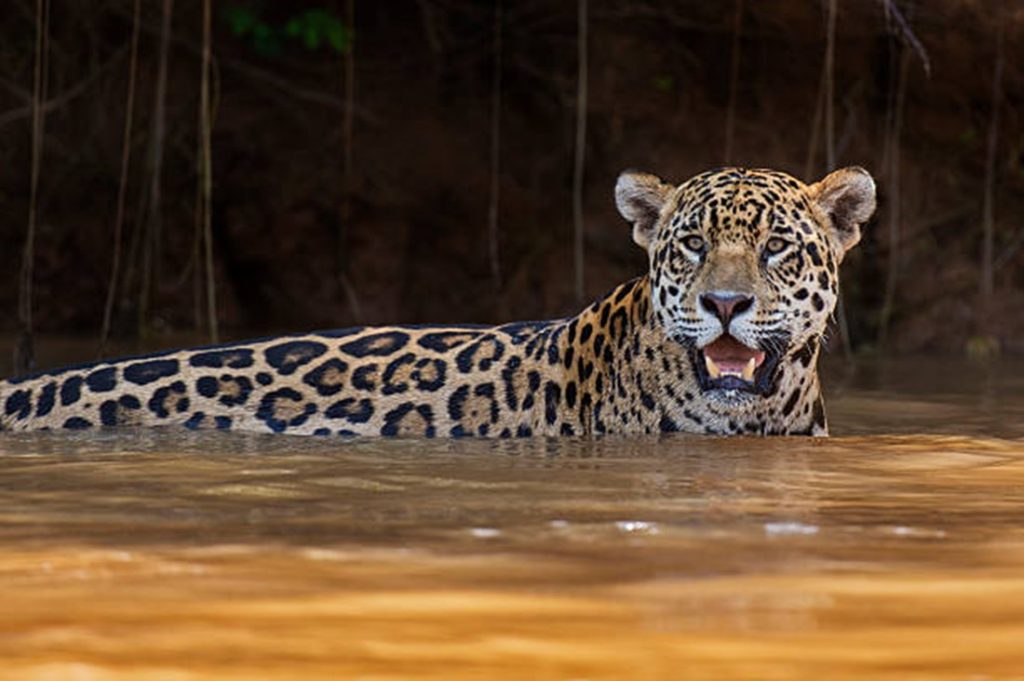
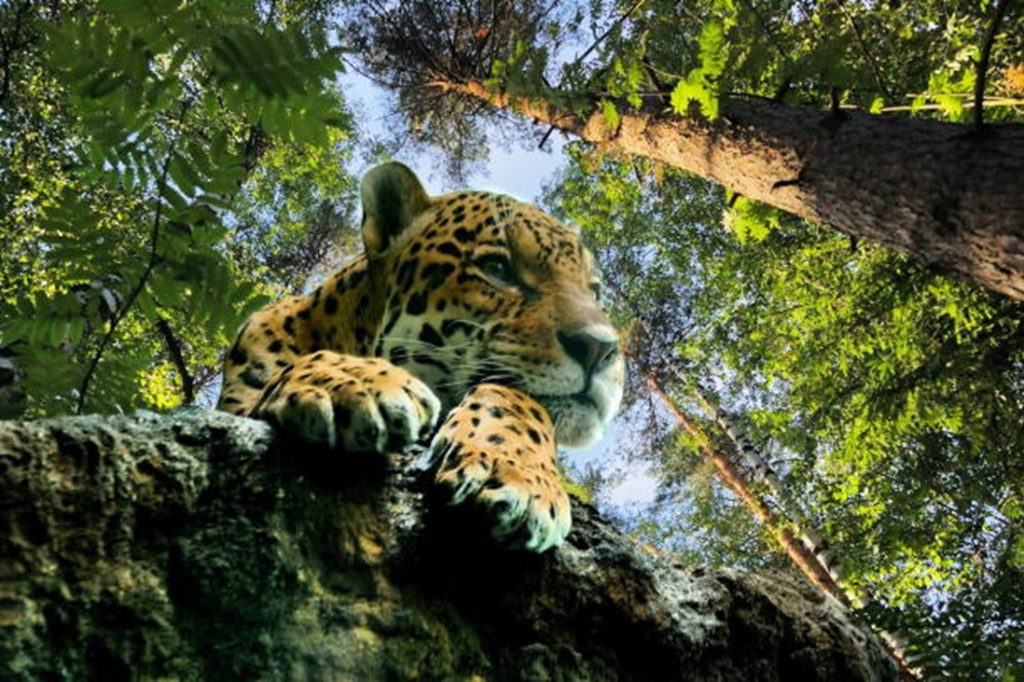
Jaguars, being top predators of the ecosystems they are thriving in, play a crucial role in maintaining the structure and function of those particular ecosystems. They control the populations of other species, aiding the balance of the biota where healthy food chains are occurring. These are the main key services they serve, but if clarified further, there are many more. Every component of biodiversity has its own specific duties, and losing one will lead to a vital situation. Therefore, a Jaguar-focused conservation strategy would assure the health of numerous ecosystems in advance. But the question arises when it comes to implementation. Instead of conservation, we, as humans, are dragging them towards their extinction. So, it’s time to open up our eyes, as well as our hearts.
With the development of the technological world, the human population has been increasing rapidly, and urbanization is spreading swiftly. This has drastically resulted in the destruction of natural habitats and the fragmentation of lands. Jaguars are animals that survive within larger territories, and this is directly related to their hunting and mating processes. But deforestation, land clearance for large-scale agricultural activities, and logging have been encroaching on their range, restricting them to smaller land portions and isolating their populations. If theoretically explained, Jaguars have been deprived of nearly 50% of their historic range, with a 20% decline in just 14 years! They have already lost their relatives who lived in El Salvador and Uruguay years ago.

With these restrictions they experience in hunting, Jaguars inhabiting around livestock farming areas have tended to depend on these livestock animals as meals, raising a human-jaguar conflict within those areas, where the farmers are victimizing them. Furthermore, the illegal trade of Jaguar pelts and other parts has affected their population decline over time. It is a common fact that over 15,000 Jaguar pelts are sold annually in the Brazilian Amazon. There was a high demand for these pelts as they were not outlawed officially due to the foreign trade opportunities they provided, which paved the way for the brutal torturing of these mighty cats. It finally reached its minimum with the involvement of national and international protections and is now prohibited to hunt and trade Jaguar body
By protecting Jaguars, we not only conserve a big cat but also the intricate web of life, especially in the rainforests.
Sustainability lies where the ecosystems are healthily operating, and let’s take a trustworthy step together as a world to assure their right to roam free. Raising awareness about Jaguar conservation and enforcing proper rules and regulations with maximum community involvement would be a productive step taken to minimize human-jaguar conflicts. Eco-friendly agriculture should be encouraged, and a fund has to be maintained. Anti-poaching measures and habitat protection are also important. Conserving one species will be an ideal investment for the entire species breathing on this planet. As we work to secure the future of Jaguars, we secure the biodiversity and vitality of our shared earth. So, let’s reflect our intention of harmonious co-existence through our actions; let’s handover the legacy of Jaguar conservation to our coming generations with a wholesome contentment of being responsible as another one out of billions of species surviving on this earth.

“May the spots of the Jaguar forever grace the canvas of the wild.
Happy World Jaguar Day!”
Written by:
Siluni Nisandara
1st Year Undergraduate,
Molecular Biology Stream,
Faculty of Science,
University of Colombo.
References:
- Jaguars Home | Jacksonville Jaguars – Jaguars.com. (n.d.). https://www.jaguars.com/
- Jaguar | Species | WWF. (n.d.). World Wildlife Fund. https://www.worldwildlife.org/species/jaguar
- WATCH: Jaguar attacks Crocodile. (n.d.). [Video]. Animals. https://www.nationalgeographic.com/animals/mammals/facts/jaguar
Image Courtesy:
- Title Image: https://biturl.top/ZFNNfm
- 1st Content Image: https://biturl.top/Yz2qqy
- 2nd Content Image: https://biturl.top/3uAzAb
- 3rd Content Image: https://biturl.top/aiammm
- 4th Content Image: https://biturl.top/FBf6Fr
- 5th Content Image: https://biturl.top/vemAN3
- 6th Content Image: https://biturl.top/FBvYfi
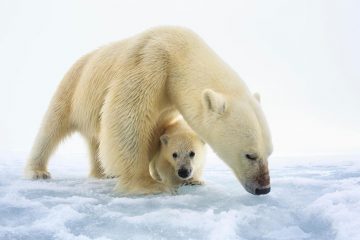
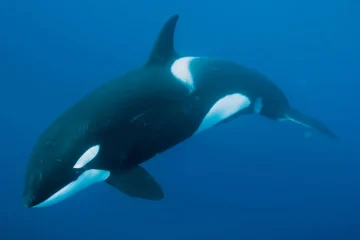
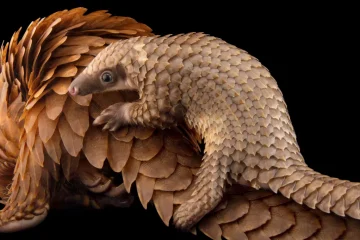
0 Comments